The Lancia Delta S4 is a Group B rally car created with the sole purpose of winning events in the World Rally Championship. In order to achieve that it required full time four-wheel-drive so it could do more than just finish behind the Audi “quattros.”
Fitted with a four-wheel-drive system created by Hewland of Britain, the Lancia Delta S4 was a car that proved it could indeed win against the Audis, and in the process etched out a place in the history of motor rallying with one WRC win in 1985 and three in 1986.
Fast Facts – The Lancia Delta S4
- The Lancia Delta S4 was a silhouette car, made to look like its regular production car sibling, but nothing like it under the veneer of the Kevlar composite body panels.
- This was the first Lancia rally car to be fitted with full time four-wheel-drive: the centre differential and five speed gearbox being made by racing car transmission maker Hewland of Great Britain.
- With the Hewland four-wheel-drivetrain and at least 483 hp coming from the engine the Delta S4 was capable of standing to 60 mph in 2.4 seconds – and achieve that on an un-surfaced road.
- Lancia Delta S4 chassis #215 was the car used by Henri Toivonen and co-driver Sergio Cresto to win the 1986 Monte Carlo Rally.
Group B Challenger – The Italian Delta S4
The Lancia Delta S4 was a development of the design ideas pioneered in the Lancia Rally 037 and was a “silhouette car” sharing not much of anything with its lookalike road going sibling the Lancia Delta. It might have outwardly looked like a production Delta but underneath that mild-mannered exterior lurked a little Group B rally monster just itching to go out and win races.
The Delta S4 was built on a racing style tubular space frame chassis and it was powered by a twincharged DOHC 16 valve 1.8 litre (1,759 cc) four cylinder engine. “Twincharged” you may ask, what might that be?
A twincharged engine packs both a turbocharger and a supercharger: the idea being for the supercharger to maintain intake manifold boost pressure when the engine speed drops in order to mostly eliminate the hesitancy caused by “turbo-lag” – that awkward time lag of a turbocharged engine between pressing the accelerator and the engine actually responding.
Above Video: This is the hour long documentary “Too Fast To Race” about the Group B era, oftentimes called the Golden Age of Rally.
This quite diminutive four cylinder engine produced 483 hp in competition form and was said to have been able to achieve 500 hp, and even up to 1,000 hp with 5 bars of boost pressure in the test lab: at that prodigious power level the engine would of course have had a rather short service life.
To create the new Lancia Delta S4 type SE038 the Lancia design team worked from scratch to build a new car – one that was hoped to come up against the best that rivals Audi and Peugeot could throw at it and emerge victorious.
The suspension comprised long travel upper and lower wishbones all around with a single coil over shock absorber at the front to serve the front wheels and a more conventional pair of coil springs and shock absorbers at the rear. As with any rally car the weight was reduced as much as possible both from an engineering standpoint, and to stay within the competition class rules.
The Delta S4 weighed 1,962 lb (890 kg) thanks to its extensive use of Kevlar composites, along with elimination of things superfluous to a racing car, so no door handles but instead a barchetta style pull string, and perspex fixed side windows to keep insects from splattering over the driver’s face – because a racing driver gets bug splats on the side windows whereas normal mortal drivers just get them on the windscreen.
The S4 was also intentionally made so that damaged parts were quickly replaceable by the Lancia Corse repair team to keep a damaged car in the competition, something that paid off during the S4’s rallying career. For example during the 1986 Monte Carlo Rally, the car being campaigned by Henri Toivonen and Markku Alén was hit by a passing road user resulting in the loss of a rear wheel and damage to the rear suspension. Over the course of five short repair stops the damage was repaired and the team was able to make up the lost time and win the event.
The aerodynamics of the Delta S4 included a flexible air-dam (front skirt) with a splitter, Gurney flap and winglets at the front and rear deck wing full aerofoil with deflection spoiler. With such features the car could be balanced for optimum downforce under varying conditions. The car was not made to be pretty – although Lancia somehow managed to make it good looking anyway despite the boxy shape inherited from its road going production car sibling.
Above Video: This short film is dedicated to the Lancia Delta S4 and does a great job of telling its story, in just over 11 minutes.
Perhaps the most important development for the Lancia Delta S4 was that it had to be created with constant four wheel drive in order to be competitive with the German Audi Sport quattro S1 E2. The Audi cars had become the ones to beat in the early-mid 1980s and to win against them Lancia knew that four wheel drive was essential.
Audi had started out with the centre differential system from a four wheel drive Volkswagen Iltis and it had still required a great deal of development to perfect the system for a rally car. In order to accelerate the development process Lancia approached British specialist competition car transmission maker Hewland who had a great deal of expertise and practical experience to draw on.
The five speed Hewland transmission for the Delta S4 had a central differential that was designed to send between 60%-75% of the engine’s torque to the rear wheels, giving the car benefits of rear-wheel-drive augmented by four-wheel-drive to distribute the engine power in a way most conducive to surfaced and unsurfaced road conditions. The combination of engine power and the balanced four-wheel drive system enabled the Delta S4 to accelerate from standing to 60 mph in 2.4 seconds.
The Lancia Delta S4 made its competition debut in the 1985 Lombard RAC Rally where it faced its arch rival in the form of the Audi Sport quattro S1 E2 driven by former World Rally Champion Hannu Mikkola and co-driver Arnie Hertz. The competition between the Audi and the Lancia proved to be fierce until an engine failure forced the German car from the rally and the Lancia cars emerged victorious with the Toivonen-Wilson car in first place and the Alén-Kivimäki car in second place.
Lancia Delta S4 Chassis #215
Lancia Delta S4 chassis #215 was assigned to Henri Toivonen and co-driver Sergio Cresto for the 1986 Monte Carlo Rally and in the early stages of the competition they had built up a 1 minute and 40 second lead over the rival Audi until the crash mentioned earlier took off a rear wheel and made a mess of the attached suspension. The repair crew did wonders and the car was in good enough shape to bring in a final victory 4 minutes ahead of Timo Salonen in a Peugeot 205 Turbo 16 E2 who took second place.
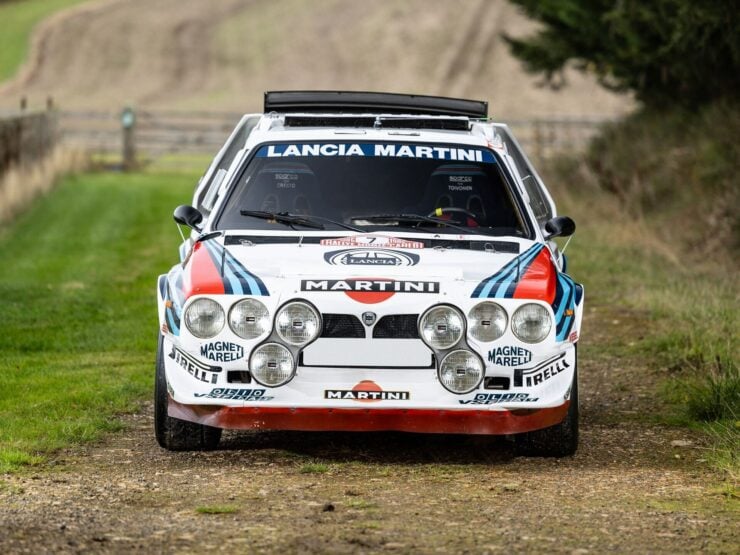
Lancia Delta S4 chassis #215 in present day condition. (Picture courtesy Neil Fraser @ RM Sotheby’s).
This car was then fully repaired/restored and assigned as a reserve car for Toivonen at the Rallye de Portugal, Alén at the Tour de Corse, and Mikael Ericsson at the Acropolis Rally, after which Group B was formally disbanded, a decision made after the death of Henri Toivonen and his co-driver Sergio Cresto during the Tour de Corse, which was held on narrow winding roads through hill country of Corsica.
Toivonen had complained about the potential danger of the combination of the powerful Group B cars and the narrow roads the rally traversed, and it was on one of those narrow roads without a guard rail that on a tight left-hand corner the Lancia left the road and plunged down into the ravine crashing on its roof and bursting into flames. It was the final straw for President of the Fédération Internationale du Sport Automobile (FISA) Jean-Marie Balestre and the FISA, resulting in them deciding to ban Group B cars from competing in 1987.
Chassis #215 went on to be used by Illide Romagna who powered it to a 2nd place podium in the 1988 European Autocross Championship and 1st place in 1989. Its final public appearance in that era was as the course car for the 1990 Rally Alpi Orientali.
The car was sold to a Japanese collector and made its home in the Land of the Rising Sun for a season before being purchased by a British collector who placed it into the Gran Turismo Collection in 2019.
Chassis 215 is a historic automobile, having been driven to victory by Toivonen and Cresto in the 1986 Monte Carlo Rally: their last, and one of the last of the historic Group B era.
You will find the sale page with further information if you click here.
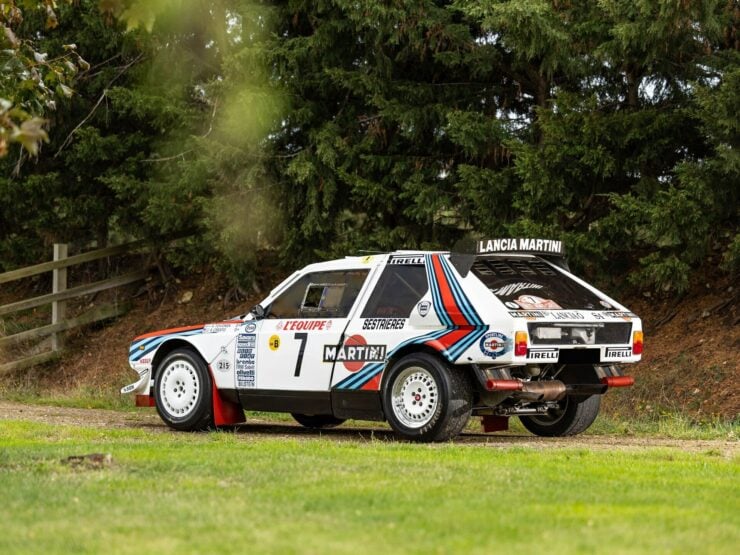
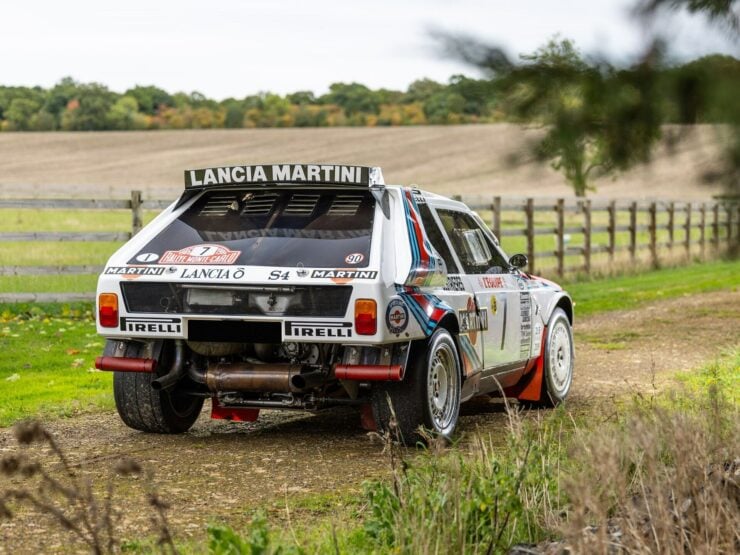
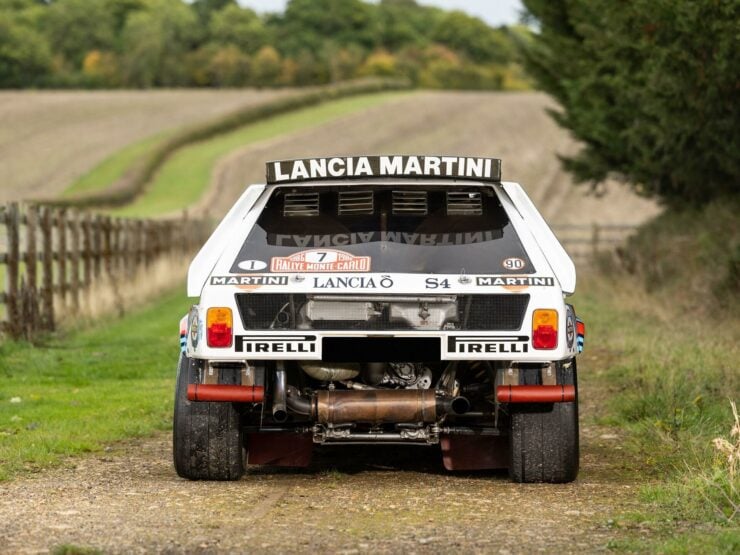
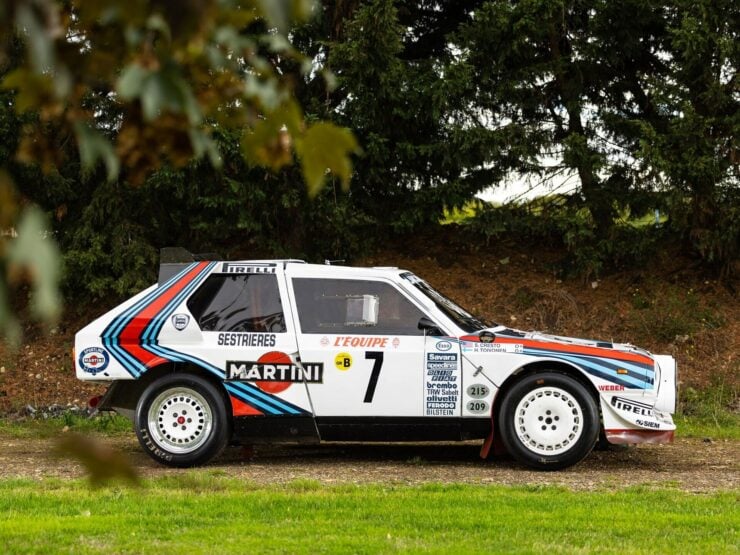
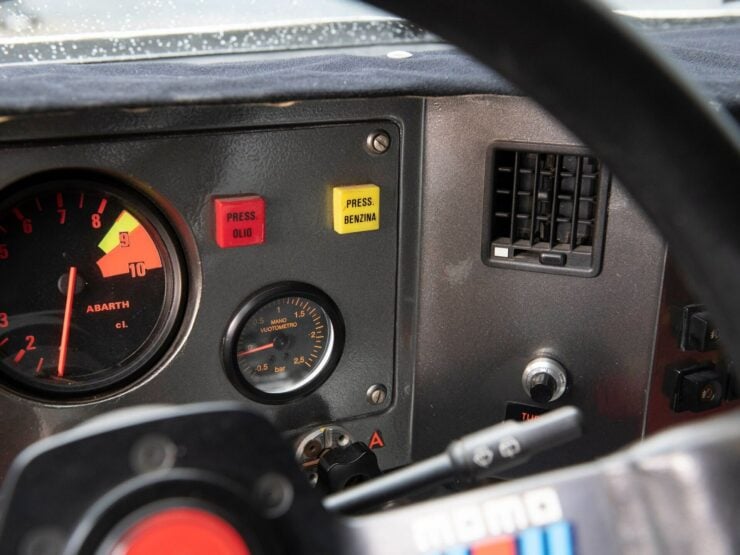

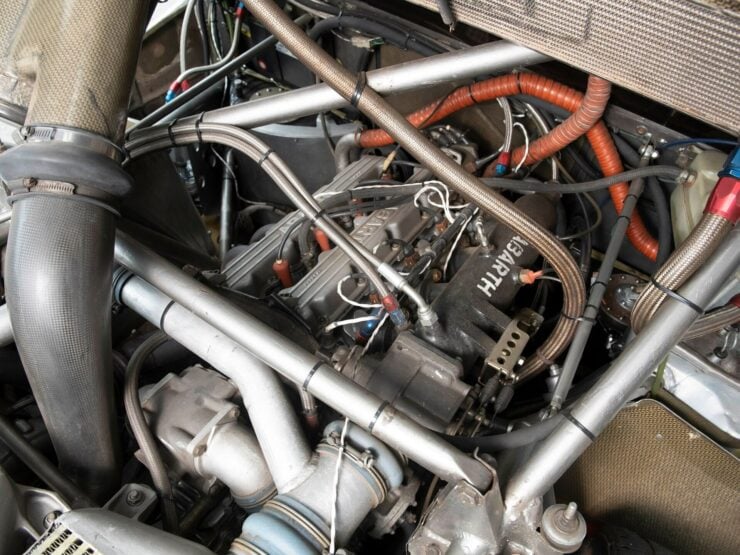
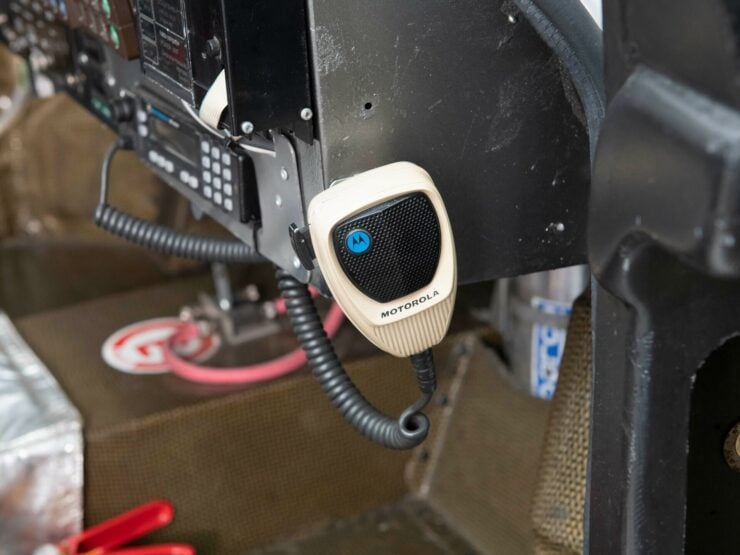
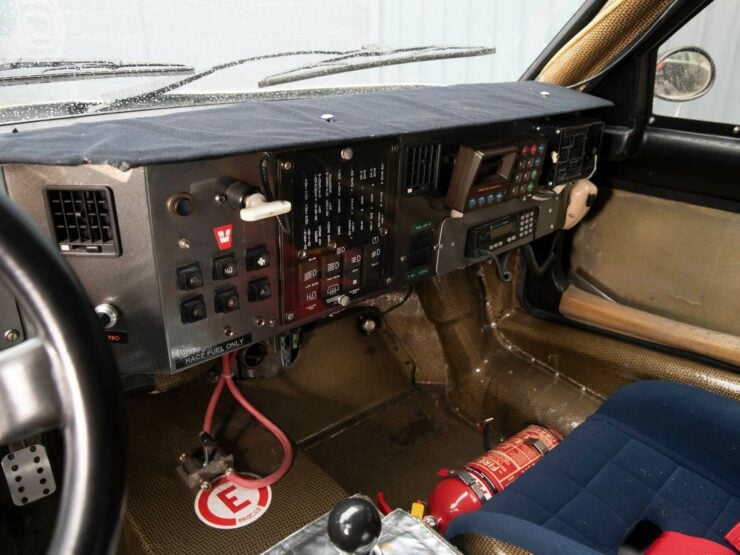
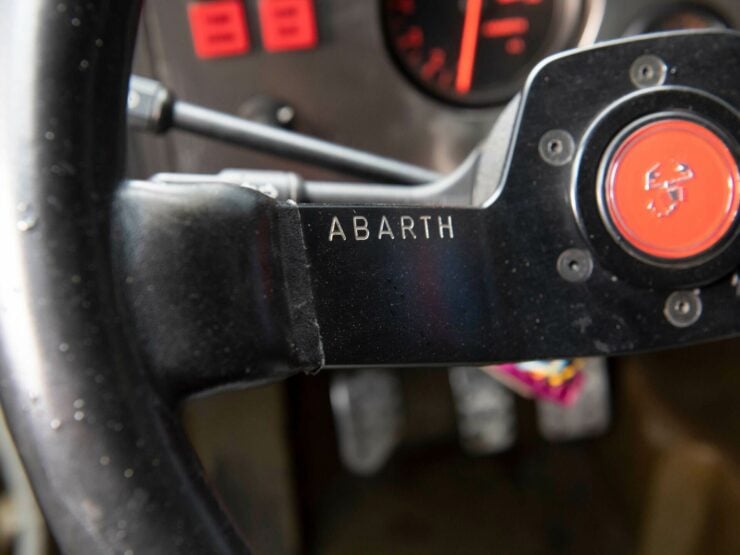
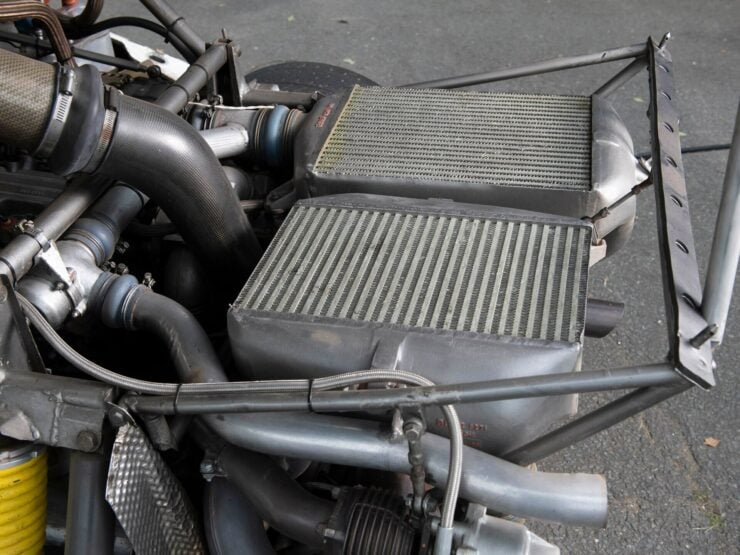
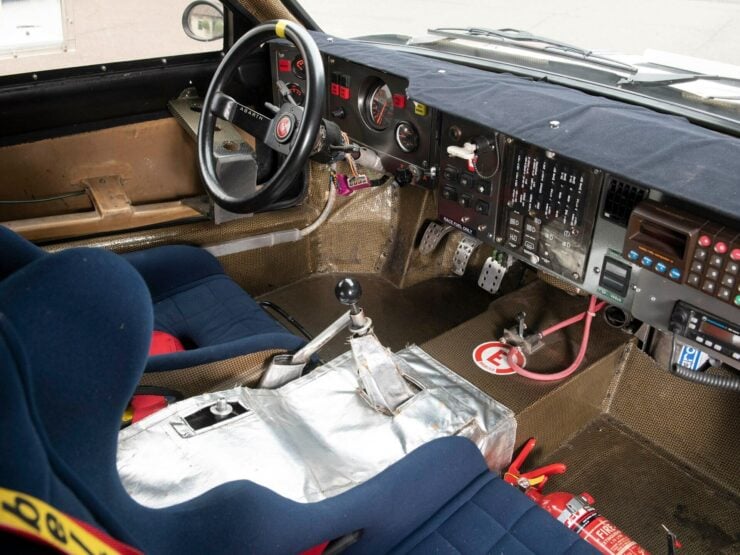
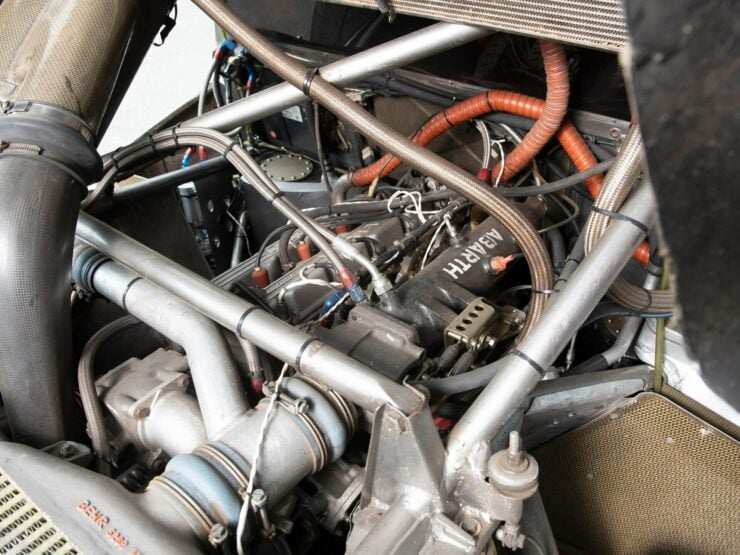
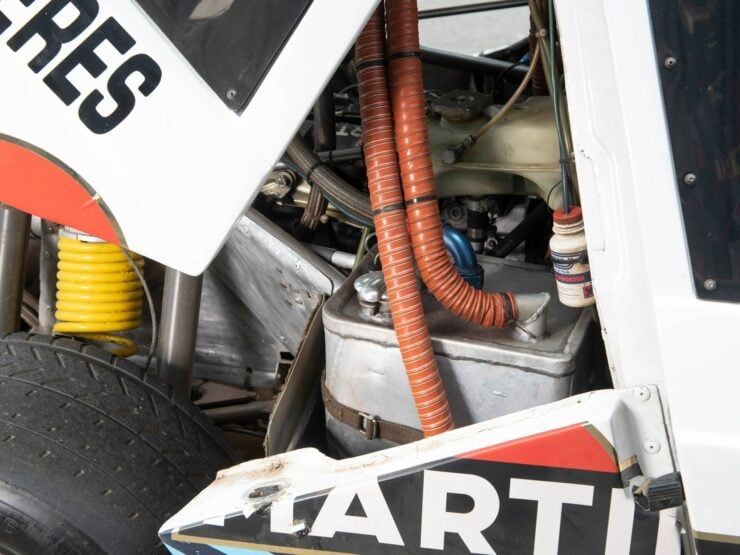
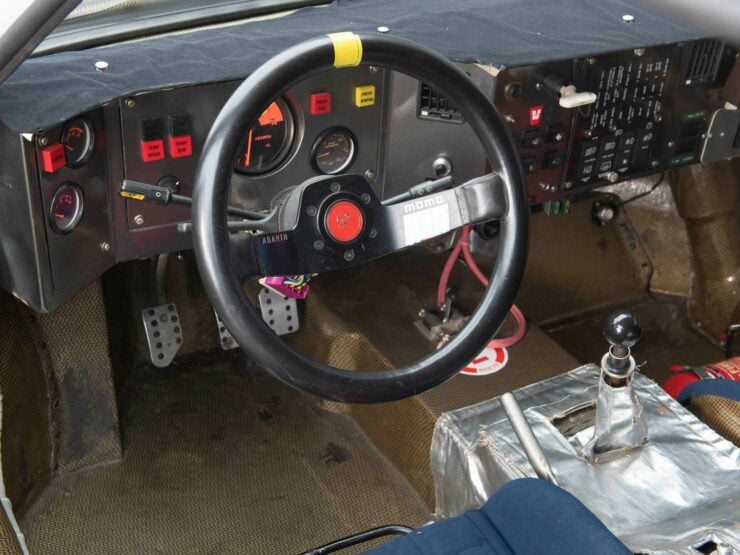
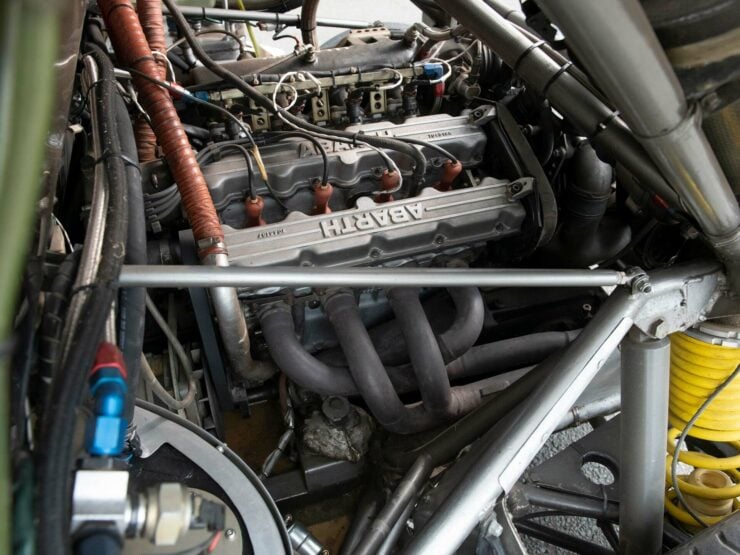
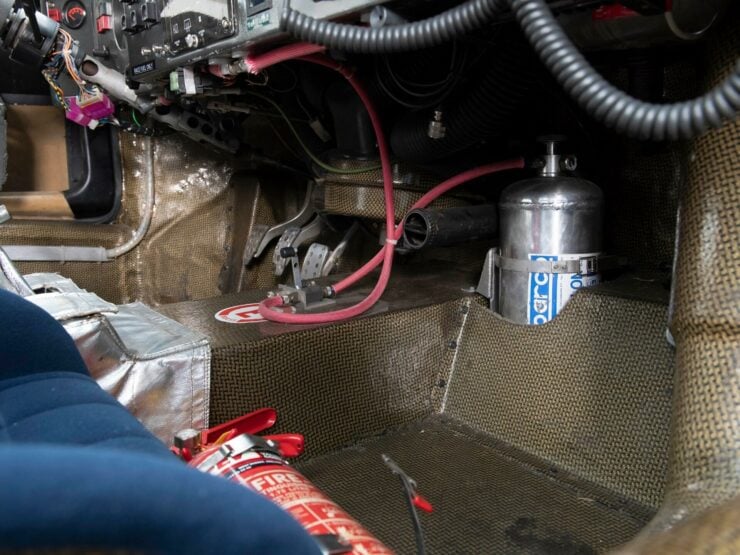
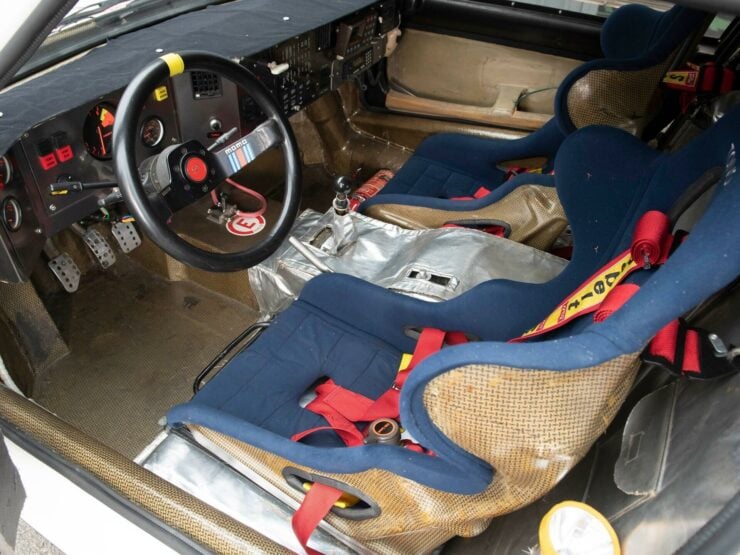
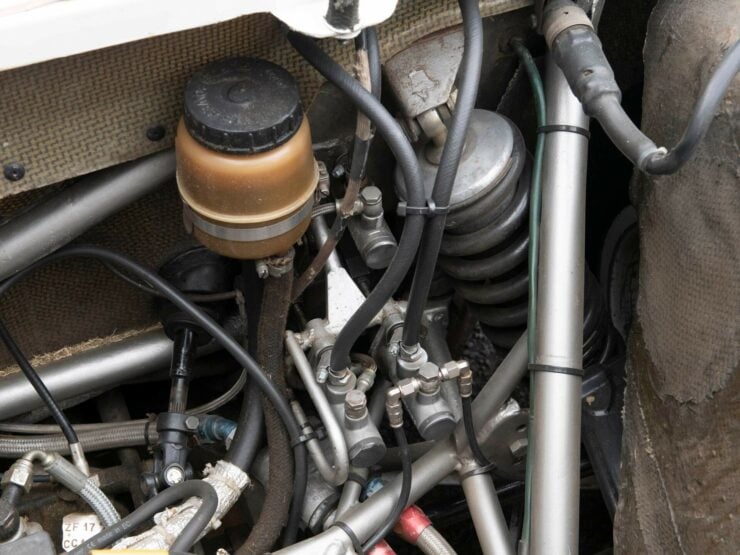
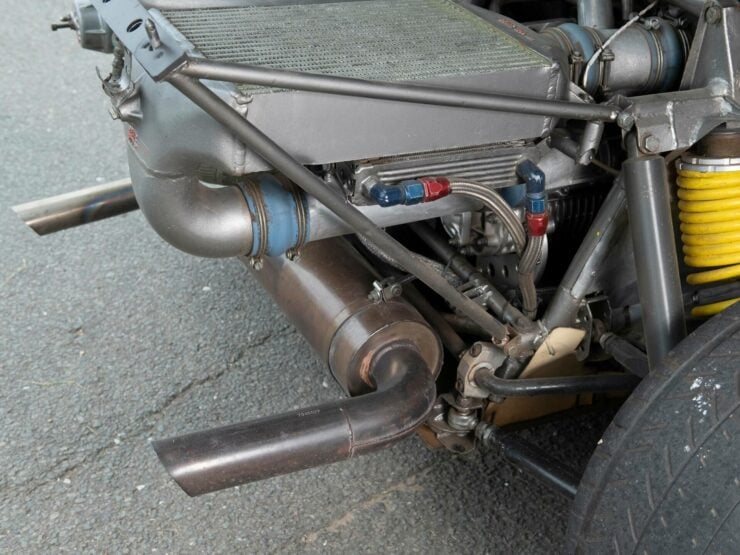
Picture Credits: All pictures of the for sale Lancia Delta S4 chassis #215 courtesy Neil Fraser at RM Sotheby’s.
The post Lancia Delta S4 Group B Works – The Car That Won The 1986 Monte Carlo Rally appeared first on Silodrome.
from Silodrome https://silodrome.com/lancia-delta-s4-group-b/
via gqrds